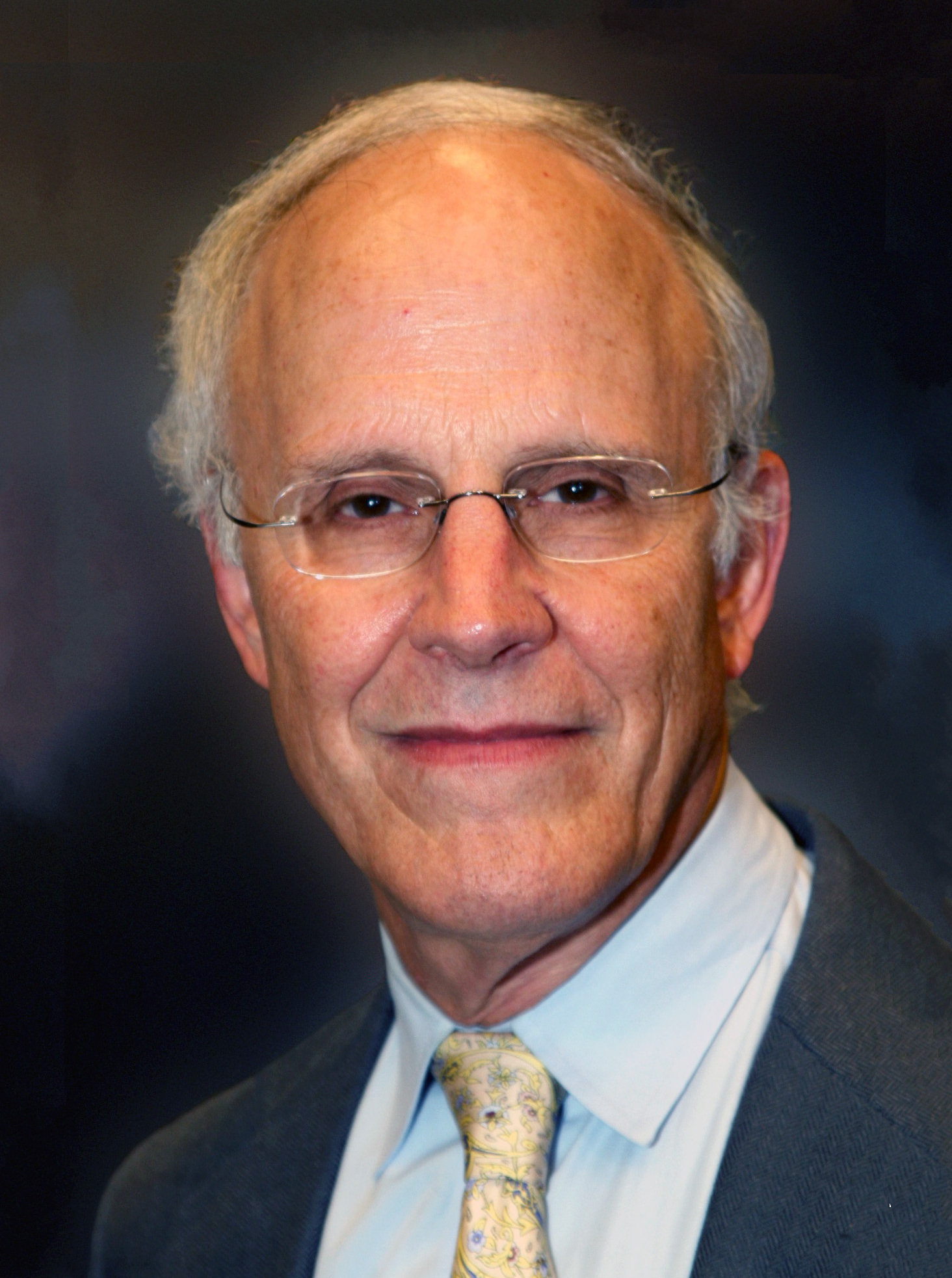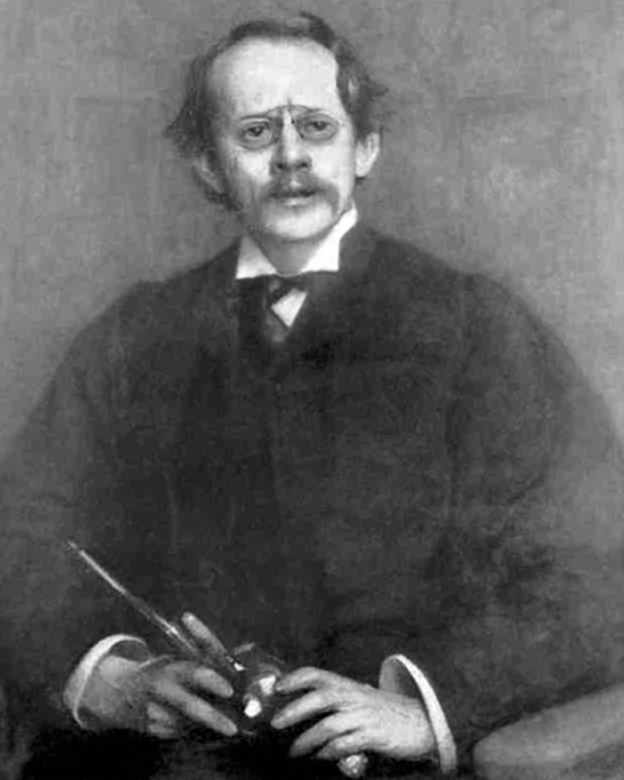|
Tom W. B. Kibble
Sir Thomas Walter Bannerman Kibble (; 23 December 1932 – 2 June 2016) was a British theoretical physicist, senior research investigator at the Blackett Laboratory and Emeritus Professor of Theoretical Physics at Imperial College London. His research interests were in quantum field theory, especially the interface between high-energy particle physics and cosmology. He is best known as one of the first to describe the Higgs mechanism, and for his research on topological defects. From the 1950s he was concerned about the nuclear arms race and from 1970 took leading roles in promoting the social responsibility of the scientist. Early life and education Kibble was born in Madras, in the Madras Presidency of British India, on 23 December 1932. He was the son of the statistician Walter F. Kibble, and the grandson of William Bannerman, an officer in the Indian Medical Service, and the author Helen Bannerman. His father was a mathematics professor at Madras Christian College, and ... [...More Info...] [...Related Items...] OR: [Wikipedia] [Google] [Baidu] |
Madras
Chennai, also known as Madras ( its official name until 1996), is the capital and largest city of Tamil Nadu, the southernmost state of India. It is located on the Coromandel Coast of the Bay of Bengal. According to the 2011 Indian census, Chennai is the sixth-most-populous city in India and forms the fourth-most-populous urban agglomeration. Incorporated in 1688, the Greater Chennai Corporation is the oldest municipal corporation in India and the second oldest in the world after London. Historically, the region was part of the Chola, Pandya, Pallava and Vijayanagara kingdoms during various eras. The coastal land which then contained the fishing village Madrasapattinam, was purchased by the British East India Company from the Nayak ruler Chennapa Nayaka in the 17th century. The British garrison established the Madras city and port and built Fort St. George, the first British fortress in India. The city was made the winter capital of the Madras Presidency, a ... [...More Info...] [...Related Items...] OR: [Wikipedia] [Google] [Baidu] |
Kibble–Zurek Mechanism
The Kibble–Zurek mechanism (KZM) describes the non-equilibrium dynamics and the formation of topological defects in a system which is driven through a continuous phase transition at finite rate. It is named after Tom W. B. Kibble, who pioneered the study of domain structure formation through cosmological phase transitions in the early universe, and Wojciech H. Zurek, who related the number of defects it creates to the critical exponents of the transition and to its rate—to how quickly the critical point is traversed. Basic idea Based on the formalism of spontaneous symmetry breaking, Tom Kibble developed the idea for the primordial fluctuations of a two-component scalar field like the Higgs field. If a two-component scalar field switches from the isotropic and homogeneous high-temperature phase to the symmetry-broken stage during cooling and expansion of the very early universe (shortly after Big Bang), the Phase transition#Order parameters, order parameter necessarily cannot ... [...More Info...] [...Related Items...] OR: [Wikipedia] [Google] [Baidu] |
Blackett Laboratory
The Blackett Laboratory is part of the Imperial College Faculty of Natural Sciences and has housed the Department of Physics at Imperial College London since its completion in 1961. Named after experimental physicist Patrick Blackett who established a laboratory at the college, the building is located on the corner of Prince Consort Road and Queen's Gate, Kensington. The department ranks 12th on QS's 2025 world university rankings. History The Department of Physics at Imperial College dates back to the physics department of the Normal School of Science, later the Royal College of Science. As part of the formation of Imperial, the Royal College was moved into a new building at South Kensington in 1906, which also housed the Chemistry Department. From 1906 to 1932 the head of the Physics Department was Prof. H. L. Callender, famous for his work on the properties of steam. G P Thomson (son of J J Thomson) replaced Callender in 1932, and worked in part on nuclear physics and ... [...More Info...] [...Related Items...] OR: [Wikipedia] [Google] [Baidu] |
Isaac Newton Medal
The Isaac Newton Medal and Prize is a gold medal awarded annually by the Institute of Physics (IOP) accompanied by a prize of £1,000. The award is given to a physicist, regardless of subject area, background or nationality, for outstanding contributions to physics. The award winner is invited to give a lecture at the institute. It is named in honour of Sir Isaac Newton. The first medal was awarded in 2008 to Anton Zeilinger, having been announced in 2007. It gained national recognition in the UK in 2013 when it was awarded for technology that could lead to an 'invisibility cloak'. By 2018 it was recognised internationally as the highest honour from the IOP. In 2020, a citation study identified it as one of the five most prestigious prizes in physics. Recipients See also * University of Glasgow Isaac Newton Medal * Institute of Physics Awards * List of physics awards * List of awards named after people This is a list of awards that are named after people. A B ... [...More Info...] [...Related Items...] OR: [Wikipedia] [Google] [Baidu] |
Albert Einstein Medal
The Albert Einstein Medal is an award presented by the Albert Einstein Society in Bern. First given in 1979, the award is presented to people for "scientific findings, works, or publications related to Albert Einstein" each year. Recipients Source:''Einstein Society * 2025: Robert Wald * 2023: Luc Blanchet * 2020: Event Horizon Telescope (EHT) scientific collaboration * 2019: Clifford Martin Will * 2018: Juan Martín Maldacena * 2017: LIGO Scientific Collaboration and the Virgo Collaboration * 2016: Alexei Yuryevich Smirnov * 2015: Stanley Deser, Charles Misner * 2014: Tom W. B. Kibble * 2013: Roy Kerr * 2012: Alain Aspect * 2011: Adam Riess, Saul Perlmutter * 2010: Hermann Nicolai * 2009: Kip Stephen Thorne * 2008: Beno Eckmann * 2007: Reinhard Genzel * 2006: Gabriele Veneziano * 2005: Murray Gell-Mann * 2004: Michel Mayor * 2003: George F. Smoot * 2001: Johannes Geiss, Hubert Reeves * 2000: Gustav Tammann * 1999: Friedrich Hirzebruch * 1998: Claude ... [...More Info...] [...Related Items...] OR: [Wikipedia] [Google] [Baidu] |
Dirac Medal (ICTP)
The Dirac Medal of the ICTP is given each year by the International Centre for Theoretical Physics (ICTP) in honour of physicist Paul Dirac. The award, announced each year on 8 August (Dirac's birthday), was first awarded in 1985. An international committee of distinguished scientists selects the winners from a list of nominated candidates. The Committee invites nominations from scientists working in the fields of theoretical physics or mathematics. The Dirac Medal of the ICTP is not awarded to Nobel Laureates, Fields Medalists, or Wolf Prize winners. However, several Dirac Medallists have subsequently won one of these awards. The medallists receive a prize of US$5,000. Recipients See also * List of physics awards * List of awards named after people This is a list of awards that are named after people. A B C D E F G H I J K L M N O P R S T U–V W Y Z See also *Lists of awards *List of eponyms *List of awards na ... [...More Info...] [...Related Items...] OR: [Wikipedia] [Google] [Baidu] |
Sakurai Prize
The J. J. Sakurai Prize for Theoretical Particle Physics, also commonly referred to as just the Sakurai Prize, is a prize awarded by the American Physical Society. It is presented annually at the Society's April meeting and honors "outstanding achievement in particle physics#Theory, particle theory". The award was established in November 1984 with an endowment fund provided by the family and friends of physicist Jun John Sakurai, who had died in October 1982 during a visit to CERN. Currently, the prize consists of a US$10,000 cash award, an allowance for the recipient to travel to the ceremony, and a certificate citing their contributions. From its inaugural edition until 2008, the prize's cash award was $5,000. The Sakurai Prize is administered by the Society's Division of Particles and Fields, and winners are chosen by a selection committee. The prize may be shared by multiple people. The inaugural recipients, Toshihide Maskawa and Makoto Kobayashi, were awarded the prize in ... [...More Info...] [...Related Items...] OR: [Wikipedia] [Google] [Baidu] |
Guthrie Medal And Prize
The Michael Faraday Medal and Prize is a gold medal awarded annually by the Institute of Physics in experimental physics. The award is made "for outstanding and sustained contributions to experimental physics." The medal is accompanied by a prize of £1000 and a certificate. Historical development * 1914-1965 Guthrie Lecture initiated to remember Frederick Guthrie, founder of the Physical Society (which merged with the Institute of Physics in 1960). * 1966-2007 Guthrie Medal and Prize (in response to changed conditions from when the lecture was first established). From 1992, it became one of the Institute's Premier Awards. * 2008–present Michael Faraday Medal and Prize Medalists and lecturers Faraday medalists * 2024 Laura Herz, "For pioneering advances in the photophysics of next-generation semiconductors, accomplished through innovative spectroscopic experiments." * 2023 Neil Alford, Mark Oxborrow, Chris Kay, Jonathan Breeze, Juna Sathian and Enrico Salvador ... [...More Info...] [...Related Items...] OR: [Wikipedia] [Google] [Baidu] |
Rutherford Medal And Prize
The Institute of Physics (IOP) awards numerous prizes to acknowledge contributions to physics research, education and applications. It also offers smaller specific subject-group prizes, such as for PhD thesis submissions. Bilateral awards * The Max Born Medal and Prize is awarded yearly by the German Physical Society and the Institute of Physics in memory of the German physicist Max Born. The prize recognizes "outstanding contributions to physics" and is awarded to physicists based in Germany and in the UK or Ireland in alternate years. * The Fernand Holweck Medal and Prize is awarded jointly by the French and British Physical Societies for distinguished work in any aspect of physics that is ongoing or has been carried out within the 10 years preceding the award. * The Harrie Massey Medal and Prize is awarded biennially jointly by the Institute of Physics and by The Australian Institute of Physics. * The Giuseppe Occhialini Medal and Prize is awarded to physicists in alternati ... [...More Info...] [...Related Items...] OR: [Wikipedia] [Google] [Baidu] |
Hughes Medal
The Hughes Medal is a silver-gilt medal awarded by the Royal Society The Royal Society, formally The Royal Society of London for Improving Natural Knowledge, is a learned society and the United Kingdom's national academy of sciences. The society fulfils a number of roles: promoting science and its benefits, re ... of London "in recognition of an original discovery in the physical sciences, particularly electricity and magnetism or their applications". Named after David E. Hughes, the medal is awarded with a gift of £1000. The medal was first awarded in 1902 to J. J. Thomson "for his numerous contributions to electric science, especially in reference to the phenomena of electric discharge in gases", and has since been awarded over one hundred times. Unlike other Royal Society medals, the Hughes Medal has never been awarded to the same individual more than once. The medal has on occasion been awarded to multiple people at a time; in 1938 it was won by John Cockcroft ... [...More Info...] [...Related Items...] OR: [Wikipedia] [Google] [Baidu] |
Fellow Of The Royal Society
Fellowship of the Royal Society (FRS, ForMemRS and HonFRS) is an award granted by the Fellows of the Royal Society of London to individuals who have made a "substantial contribution to the improvement of natural science, natural knowledge, including mathematics, engineering science, and medical science". Overview Fellowship of the Society, the oldest known scientific academy in continuous existence, is a significant honour. It has been awarded to :Fellows of the Royal Society, around 8,000 fellows, including eminent scientists Isaac Newton (1672), Benjamin Franklin (1756), Charles Babbage (1816), Michael Faraday (1824), Charles Darwin (1839), Ernest Rutherford (1903), Srinivasa Ramanujan (1918), Jagadish Chandra Bose (1920), Albert Einstein (1921), Paul Dirac (1930), Subrahmanyan Chandrasekhar (1944), Prasanta Chandra Mahalanobis (1945), Dorothy Hodgkin (1947), Alan Turing (1951), Lise Meitner (1955), Satyendra Nath Bose (1958), and Francis Crick (1959). More recently, fellow ... [...More Info...] [...Related Items...] OR: [Wikipedia] [Google] [Baidu] |
Spontaneous Symmetry Breaking
Spontaneous symmetry breaking is a spontaneous process of symmetry breaking, by which a physical system in a symmetric state spontaneously ends up in an asymmetric state. In particular, it can describe systems where the equations of motion or the Lagrangian obey symmetries, but the lowest-energy vacuum solutions do not exhibit that same symmetry. When the system goes to one of those vacuum solutions, the symmetry is broken for perturbations around that vacuum even though the entire Lagrangian retains that symmetry. Overview The spontaneous symmetry breaking cannot happen in quantum mechanics that describes finite dimensional systems, due to Stone-von Neumann theorem (that states the uniqueness of Heisenberg commutation relations in finite dimensions). So spontaneous symmetry breaking can be observed only in infinite dimensional theories, as quantum field theories. By definition, spontaneous symmetry breaking requires the existence of physical laws which are invariant ... [...More Info...] [...Related Items...] OR: [Wikipedia] [Google] [Baidu] |





